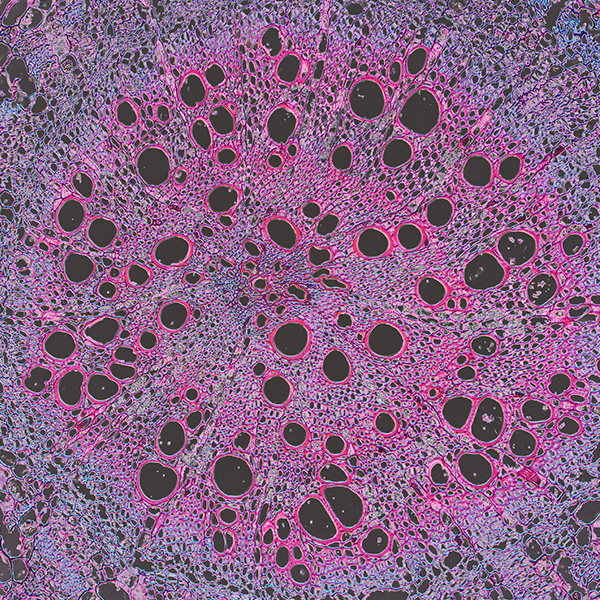Key Benefits
'- Estimate stroke risk by combining cholesterol, ApoB, Lp(a), and inflammation signals.
- Spot artery-harming particles with ApoB; quantify risk beyond standard LDL.
- Flag inherited risk with Lp(a); identify lifelong stroke risk not diet-related.
- Clarify balance between LDL and HDL; understand cholesterol patterns linked to stroke.
- Track vessel inflammation with hs-CRP; detect unstable plaque activity and risk.
- Explain immune stress with NLR and MLR; reflect systemic inflammation and prognosis.
- Guide treatment intensity; tailor statins, anti-inflammatory strategies, and lifestyle targets.
- Best interpreted with blood pressure, diabetes status, smoking, and family history.
What are Stroke
Stroke biomarkers are measurable signals released when brain tissue is starved of blood or bleeds. They come mainly from injured nerve cells and their support cells (neurons and glia), damaged blood vessel lining (endothelium), clotting activity, and the body’s immune response. In plain terms, they tell us that brain cells are stressed or dying, whether blood flow is blocked or a vessel has burst, and how widespread the injury may be. Key examples include glial structural proteins (GFAP), neuron-derived proteins (UCH‑L1, NSE), calcium-binding proteins from supportive cells (S100B), clot breakdown fragments (D‑dimer), and inflammation signals (C‑reactive protein, cytokines). Testing these markers can flag brain injury early, complement imaging, and indicate whether bleeding, clotting, or inflammation is driving the process. They also help track the biological course of injury and recovery over time, showing whether tissue stress is rising or settling. In short, stroke biomarkers translate the invisible cellular events of a stroke into measurable clues that guide timely understanding and care.
Why are Stroke biomarkers important?
Stroke biomarkers are blood signals that reveal how resilient or vulnerable your brain’s blood supply is. They reflect the balance between artery-clogging particles, vessel-wall inflammation, and immune activity that together drive clot formation and small- or large-vessel injury—the core pathways behind ischemic stroke.
In most people, risk tracks with the direction of these markers. LDL and ApoB mark the number of atherogenic particles; safer profiles sit at the low end of the reference range. HDL helps remove cholesterol from artery walls; protection tends to rise toward the higher end, though extremely high values are not always better. Lp(a) is largely genetic and most protective when low. hs-CRP mirrors vascular inflammation and is most favorable when low. Immune ratios such as NLR and MLR index innate–adaptive balance and are generally healthiest toward the low end. Typical, mid-range values often indicate stable risk; persistently high LDL/ApoB, Lp(a), or hs-CRP nudge plaque growth and instability, while high NLR/MLR signals a pro-inflammatory state that primes thrombosis. Premenopausal women often have higher HDL; pregnancy shifts lipids and can raise hs-CRP; children usually have lower ApoB.
When these markers are low in the protective direction—LDL, ApoB, Lp(a), hs-CRP, NLR, MLR—arteries face less inflammatory stress and fewer embolic triggers, usually without symptoms. Conversely, unusually low HDL can accompany triglyceride-rich states and insulin resistance, sometimes with fatigue or exercise intolerance. Very low NLR or MLR is often benign, but if driven by low neutrophils or monocytes it can coincide with frequent infections.
Big picture: these biomarkers connect brain health to liver-made lipoproteins, vascular endothelium, and immune tone. Together they forecast atherosclerosis, atrial-origin clots, small-vessel disease, and, over time, stroke and cognitive aging.
What Insights Will I Get?
Stroke biomarker testing maps the biology that keeps brain blood flow stable: how lipids circulate, how arteries repair, and how immune signals influence clotting. These systems underpin energy, cognition, and cardiovascular resilience. At Superpower, we test LDL, HDL, ApoB, Lp(a), hs-CRP, NLR, and MLR.
LDL is cholesterol carried in atherogenic particles; higher LDL promotes arterial plaque that can trigger ischemic stroke. ApoB is the protein on each atherogenic particle; higher ApoB reflects more particles driving plaque growth and risk. HDL supports reverse cholesterol transport and endothelial repair; lower HDL tracks with higher vascular risk. Lp(a) is an LDL-like particle with apolipoprotein(a); it is both atherogenic and pro-thrombotic, independently raising stroke risk. hs-CRP is a sensitive marker of vascular inflammation; higher values signal active plaque biology. NLR (neutrophil-to-lymphocyte ratio) indexes innate immune activation; higher ratios relate to incident stroke and worse outcomes. MLR (monocyte-to-lymphocyte ratio) reflects monocyte-driven inflammation; higher ratios associate with plaque vulnerability and stroke risk.
Together, lower ApoB/LDL with adequate HDL suggests fewer artery-penetrating particles and better cholesterol efflux, favoring stable plaques. Lower Lp(a) and hs-CRP indicate quieter endothelium with less thrombo-inflammatory drive. Balanced NLR and MLR reflect immune homeostasis. The opposite pattern—elevated ApoB/LDL, Lp(a), hs-CRP, NLR, or MLR—signals endothelial dysfunction, unstable plaque, and higher likelihood of clot formation or artery-to-artery embolism.
Notes: Age, sex, and genetics (especially LPA genotype) influence levels. Acute infection, trauma, surgery, or pregnancy can transiently raise hs-CRP, NLR, and MLR. Lipid-lowering or anti-inflammatory medications alter LDL, ApoB, and hs-CRP; some therapies modestly affect Lp(a). Lp(a) assays (nmol/L vs mg/dL) are not interchangeable; fasting has minimal effect on ApoB and Lp(a).







.avif)



.svg)





.svg)


.svg)


.svg)

.avif)
.svg)










.avif)
.avif)
.avif)


.avif)
.png)


